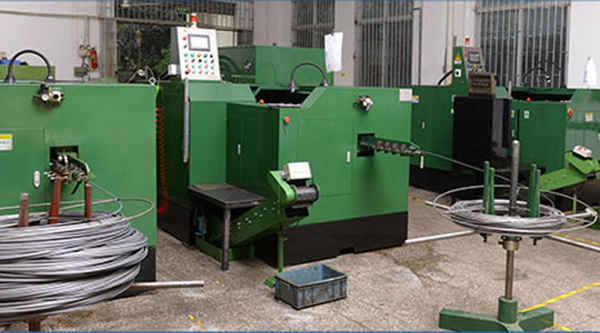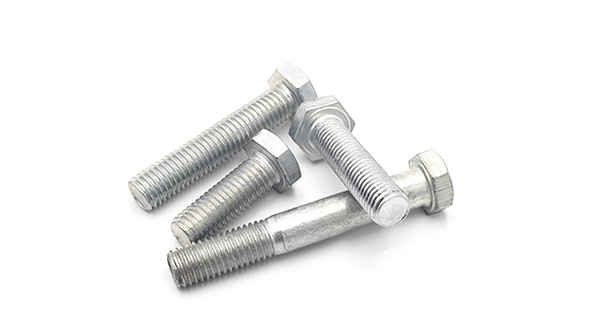What is the tolerance range of precision screws?
What is the tolerance range of precision screws?
Service Hotline
+86760-8787 8587We have more than ten years of experience in screw industry production, the main products are: square washers, high-strength carbon steel galvanized nuts, rivet nuts for pressure riveting, butt-locking screws GB873 large flat head rivets, profile elastic nut block nuts, GB6181 hexagon Slotted thin nut, fine-tuning handle, plum handle screw, chamfered bolt, fine-toothed anti-tooth cap, countersunk head cross-bolt, double-sided toothed butterfly anti-slip, tooth bar bolt, red nut, through single-head isolation column, etc. Firmware, due to different product materials and specifications, the price is also different, please contact us if necessary.


The earless retaining ring for the hole is mostly installed in the annular groove on the inner wall of the pipe fitting. The outer diameter of this kind of retaining ring is slightly larger than the diameter of the assembly round hole. When assembling, the earless retaining ring needs to be pressed into the pipe fitting. Since the inner wall of the pipe fitting is relatively smooth, the earless retaining ring is easily skewed in the pipe fitting. It needs to be adjusted several times before entering the annular groove, and the assembly efficiency is low.

An anti-loosening nut structure includes a flat nut and an oblique nut. One end surface of the oblique nut is an oblique surface, and an angle is formed between the oblique surface and the vertical line of the screw hole axis of the oblique nut. Nuts are installed on the bolts one after another, and the mating contact surfaces of the two nuts include the inclined surface, which are tightened in sequence.


The main part of the pin screw is an ordinary screw, and the pin can be arranged in the melting section of the screw or the drop groove of the metering section or the smooth cylindrical surface without screw grooves at the end of the metering section. The pins are arranged in a certain arrangement, with varying degrees of density and quantity. Cylindrical pins are formed by fitting the pins into the holes of the threaded rod; square or diamond-shaped pins are formed by milling directly on the threaded rod. If these pins are set in the melting zone, the pins can break up the solid bed, destroy the two-phase flow, stir the solid and liquid phases together, increase the contact area between the undissolved solid phase fragments and the contained material, and promote molten. If the pin is set in the melt conveying area, its main function is to divide the material flow, increase the interface, change the direction of the material flow, and rearrange the flow beam. Divide and merge multiple times, change the flow direction, and homogenize the melt composition and temperature. The mixing section is an inwardly slotted structure arranged at the end of the common screw homogenizing section, and its outer diameter is equal to the outer diameter of the screw. The grooves are divided into several groups, and each group is the confluence area of the material. The materials are divided by grooves, meet in the confluence area, and then divide and confluence. The principle is similar to the pin type. The characteristic of the separate screw is that in addition to the original screw thread (called the main screw) on the melting section, there is also an additional thread (called an additional thread) whose outer diameter is slightly smaller than the outer diameter of the main thread, and the main and auxiliary threads are With different leads, the secondary thread starts from the end of the feeding section (and connects with the feeding section here), and after several threads, gradually intersects the main thread of the homogenizing section. The screw groove depth and thread lead of this kind of screw change gradually from the beginning of the feeding section to the end of the homogenization, that is, the thread lead gradually narrows from the width, and the groove depth gradually becomes shallower from the depth, which can maximize the compression of the material.

In the process of construction of major projects, fasteners are mainly used to connect grooved embedded parts and fixed objects. They are widely used in civil curtain walls, prefabricated buildings, subways, high-speed railways and other industries.

The above content is uploaded by Yueluo or the Internet. If there is any copyright issue, please contact [email protected].

What is the tolerance range of precision screws?

How to choose the right stainless steel screw manufacturer?

Why is there an R angle under the head of the hexagon head s...

We have more than ten years of production experience in the ...

We have more than ten years of production experience in the ...

We have more than ten years of production experience in the ...

We have more than ten years of experience in the production ...